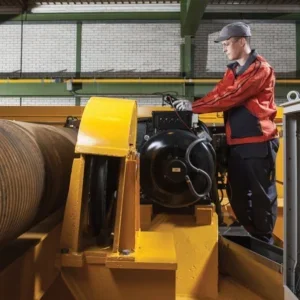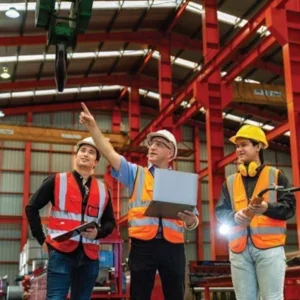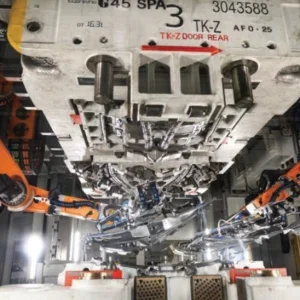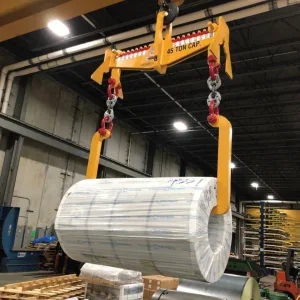Please talk back to me. I’d love to put your blogs from the workshop floor up on the site. What have you lifted recently? Just bought an interesting crane? Tell me how business is where you’re reading Hoist. Speaking of which, do you like it? What would you like to see us writing about?
Many have you have done this already through the letters page – www.hoistmagazine.com/letters – where the hot topic of late has been remote controls…
I suppose it’s true that remote controls by definition make our lives easier. We’d probably all agree on that. Where I used to have to get out of my chair to change the television channel I now press a button and the light box sings and dances to command. Equal luxury is enjoyed by crane operators who, at the press of a button, can do what might have taken a 100m stroll up the factory floor beforehand. But it’s interesting that within the remote control business life isn’t such a walk in the park, with the influx of new manufacturers causing a stir.
What became apparent to me while putting together a recent issue is the need for the industry to have access to clear and concise indications of the quality and, moreover, legality of the remote controls systems which they install and use on their equipment. Whether it’s crane builders or industrial end users, there’s too much ambiguity and confusion. And remote control firms themselves are probably responsible for this.
For example, are remote controls manufactured outside the EU safe to use here? At the moment, those that buy and sell them say yes, while everyone else says no. What’s an end user supposed to do?
One of the things that’s so rewarding about my job is bringing the industry together to explore the common good that can be experienced through shared initiatives and focus groups. (Sounds grand doesn’t it? But it works). It’s taken a long time to get many round to that way of thinking, some key figures within major trade associations say even as long as ten years in fact. But they’re reaping the rewards now.
Within the Material Handling Industry of America (MHIA), for example, there are product sections and councils like the Hoist Manufacturers Institute (HMI) and the Crane Manufacturers Association of America (CMAA), where big cheeses from even the fiercest rival companies sit down to explore common goals and address issues in the marketplace.
Remote firms don’t seem to have a facility to do this. Everyone says their product is the best, the safest, the most cost-effective and shines the most. Some even sing and dance (like my television). That’s why the influx of more and more remote controls, admittedly of varying quality, has sparked a defensive reaction from the firms that have been at the controls of industrial remotes for some years.
But preaching this message won’t have long-term substance. When the dust has settled on the latest bout of mud-slinging, the end users and crane builders will still be stood arms apart with shoulders shrugged pleading for greater clarity. And they must get it. Whether it’s in the form of a product section within an existing trade association or a neutral, international body, independent assessment of remote units must be conducted and reported back to the industry.
Write to me at rhowes@wilmington.co.uk
Richard Howes, Editor






